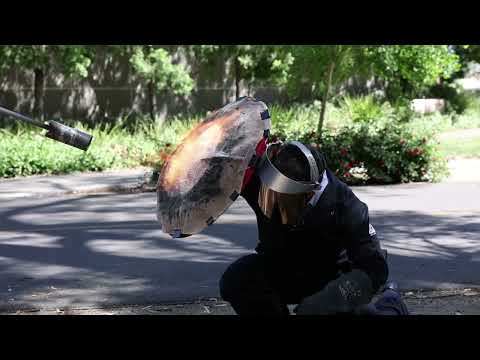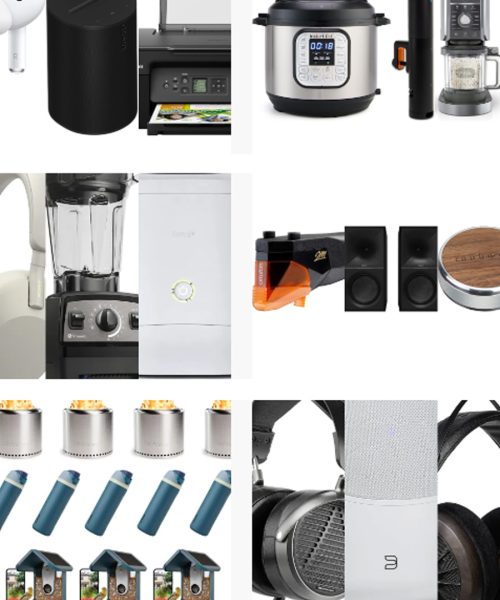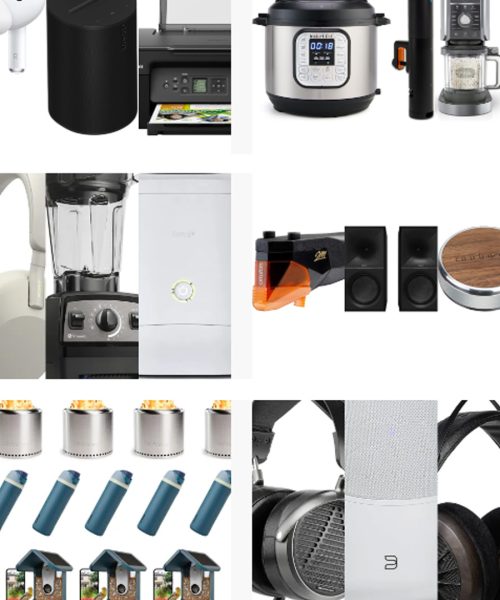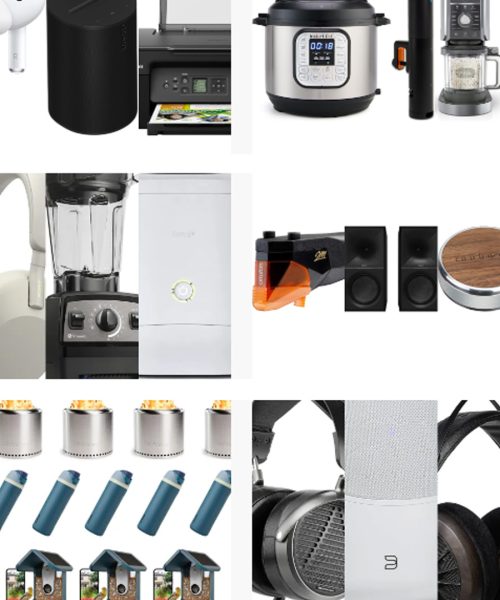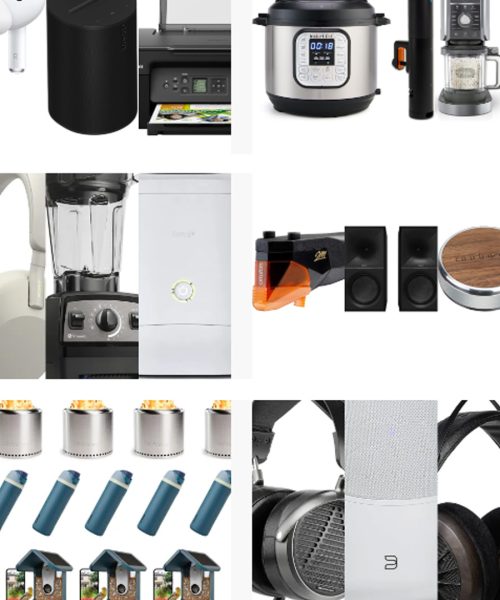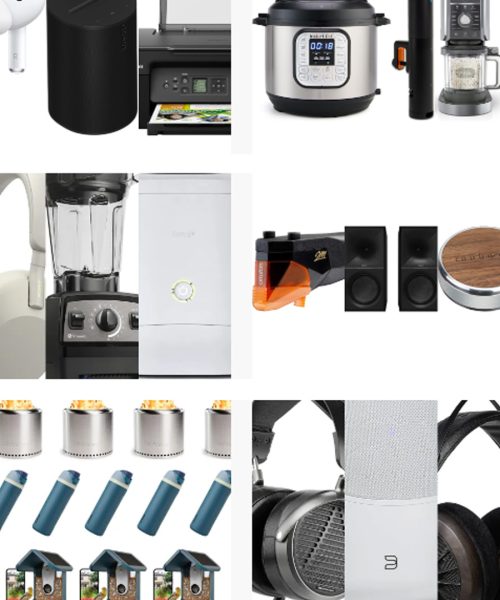After a thorough investigation into the matter, three researchers at the Technical University of Denmark believe they have determined which paper varieties are the most likely to induce a dreaded paper cut. But instead of simply warning the public, the trio of physicists embraced the dark knowledge to create a single-use weapon capable of slicing into vegetables, fruit, and even some meat.
It doesn’t take a major logical leap to assume that for as long as there has been paper, there have also been paper cuts. Aside from the searing pain, one of the millennia-old injury’s biggest annoyances is its suddenness—in most cases, a victim isn’t anticipating a razor-thin incision’s sting when rifling through the everyday material. But what paper types should you be the most wary of handling? According to a study published in the August issue of the journal Physical Review E, it comes down to a combination of material, thinness, and physics.

According to an August 27 announcement, Sif Fink Arnbjerg-Nielsen, Matthew Biviano and Kaare Jensen relied on ballistic gelatin as a stand-in for living subject—the recognizable, rubbery material often used to simulate human and animal skin while assessing possible damage from dangerous environments and weapons. After reviewing multiple types of pulped wood and approaches, the team definitively landed on a few key attributes that can be found in the perfect paper cut.
First, there is a clear “Goldilocks zone” when it comes to a paper’s width. If the material is too thin, like tissue paper, then it bends under pressure. Thicker notecards and photo paper, however, means the surface area simply won’t cut through much. But the closer a paper is to 65 micrometers wide, the more primed it is for a cut. That fearsome measurement is most often seen in examples like sheets of newspaper or dot-matrix printer paper (think the old school typewriter or fax machine paper). Thankfully for fingers, both varieties aren’t as common as they once were—the former sadly due to the unfortunate state of print media, while the latter has been largely swapped out for inkjet paper.
[Related: Why do paper cuts hurt so much?]
That doesn’t mean society is safe from paper cuts, of course. As anyone who works in an office knows, those inkjet reems are still perfectly capable of ruining your morning. Meanwhile, both magazines and Post-It notes are also still thin enough to do damage.
Material isn’t the only factor for cutting potential, however. The physicists also learned that, much like a knife or sword, an angled motion is most likely to result in cuts instead of a straight-on approach to a target. And to put all this new knowledge to use, researchers then decided to showcase just how effective the perfect paper can be at slicing.After combining a 3D-printed scalpel handle with a small piece of dot-matrix printer paper, the group then put their tool, dubbed “Papermachete,” to use. According to Science News, the single-use Papermachete blade could adequately cut into cucumbers, apples, peppers, and even chicken. There’s (likely) no need to fear such an invention, however—the team argues future iterations may actually provide a new type of eco-friendly, disposable, cheap utensil.
